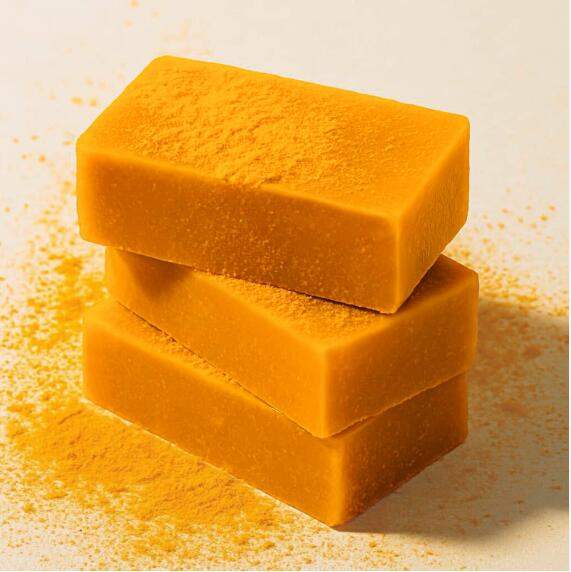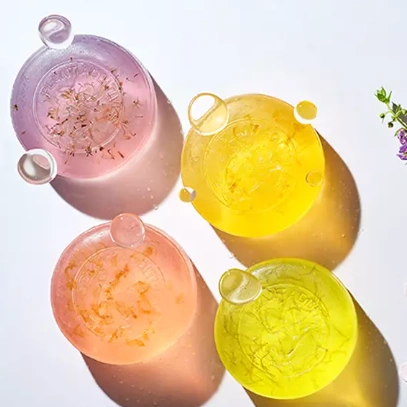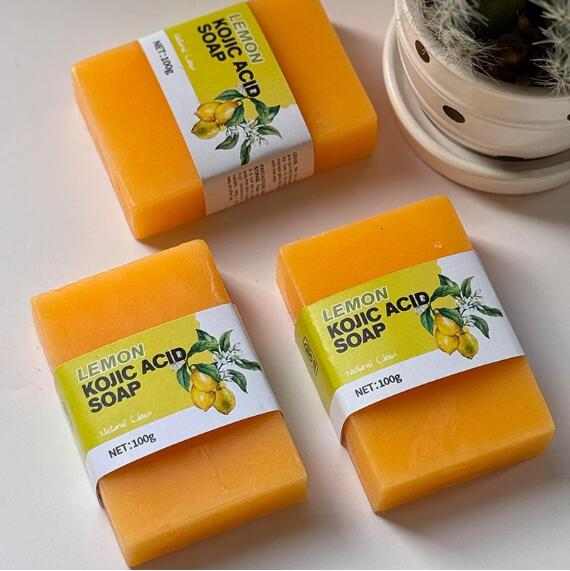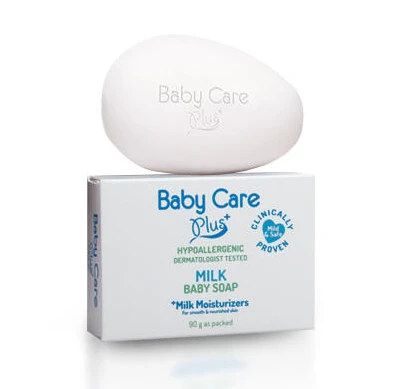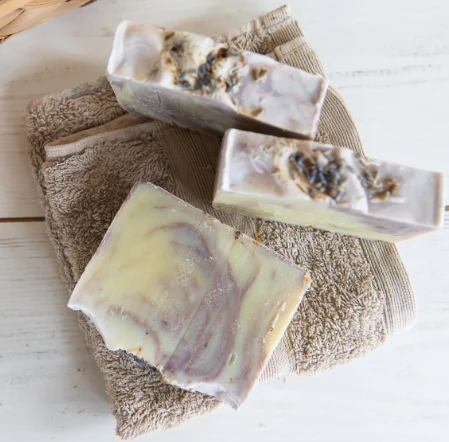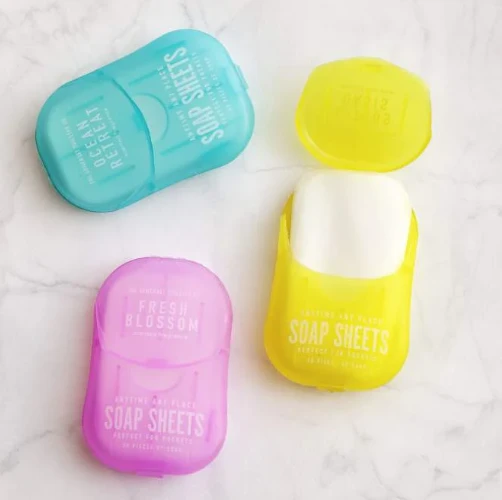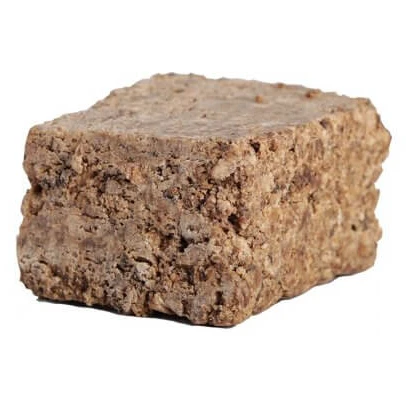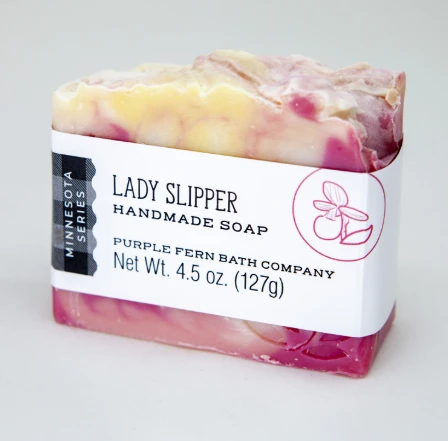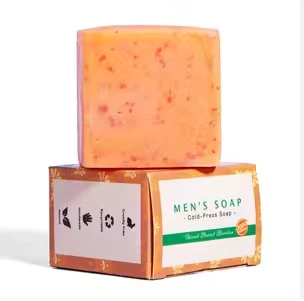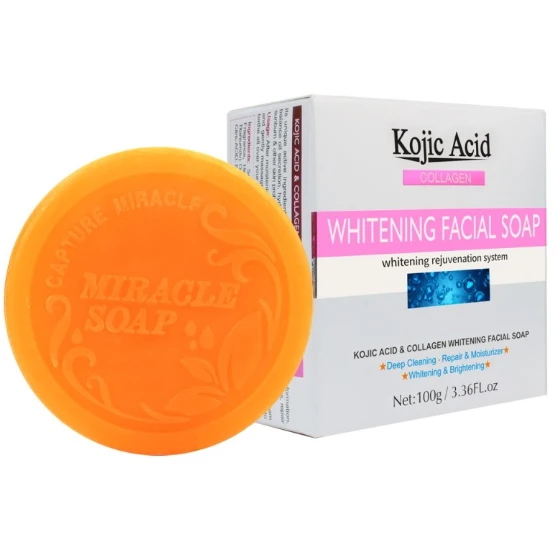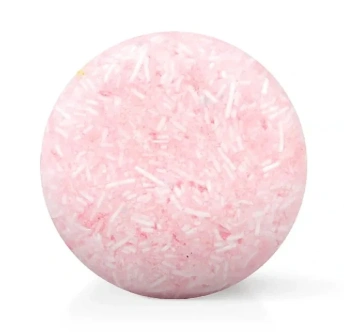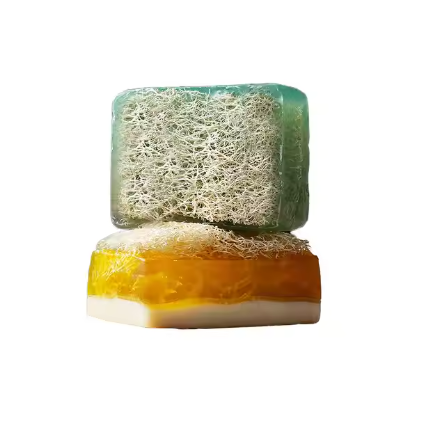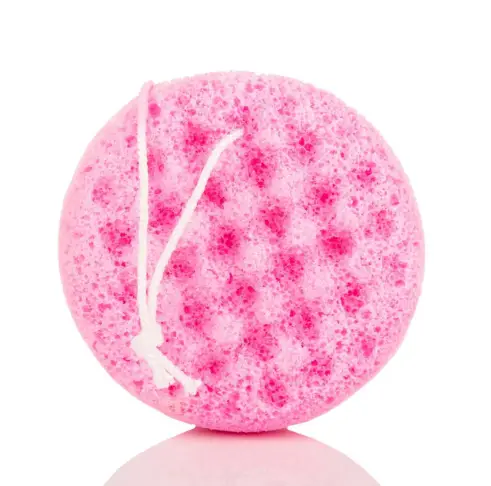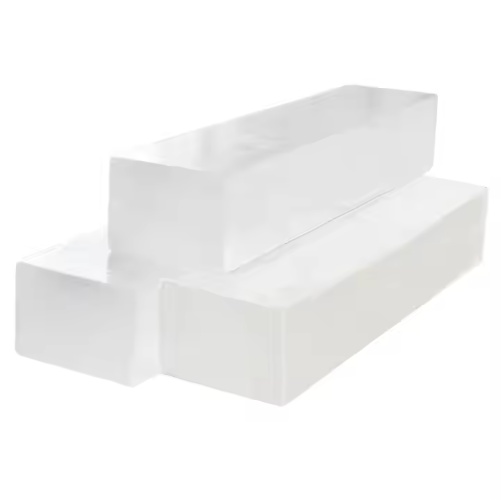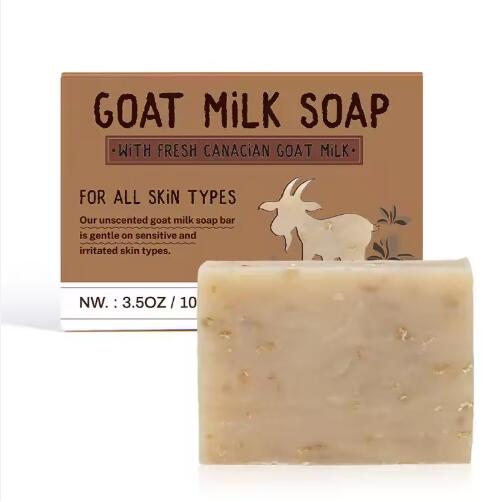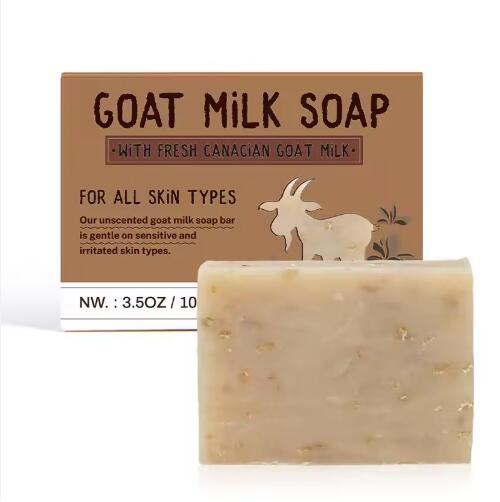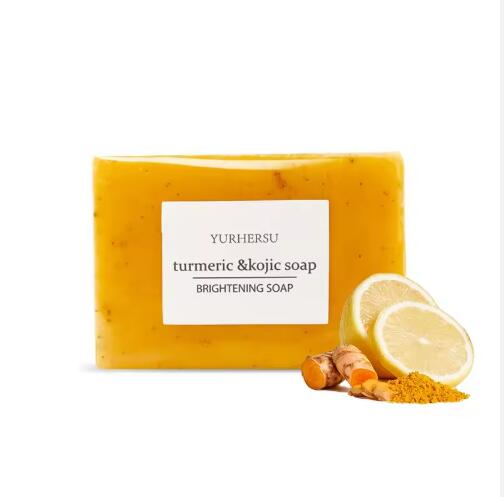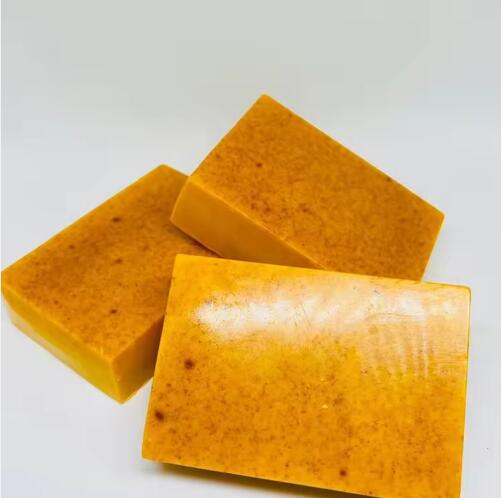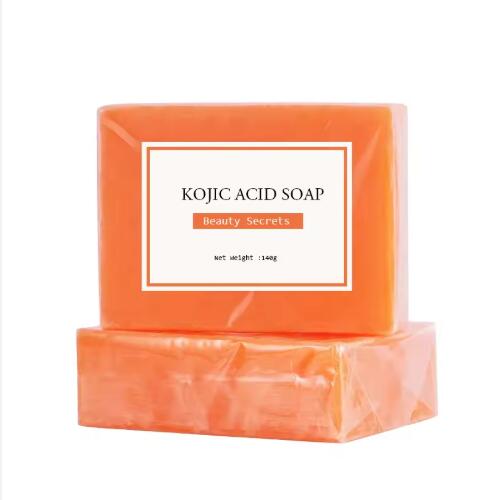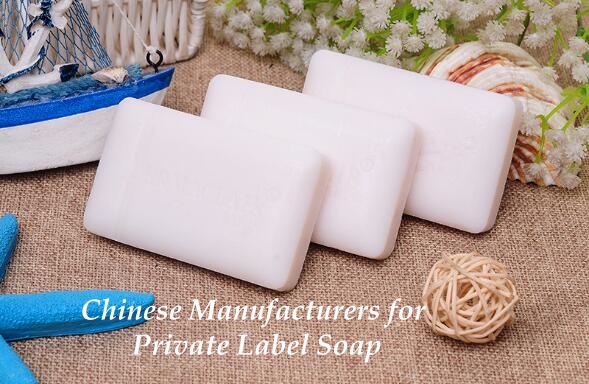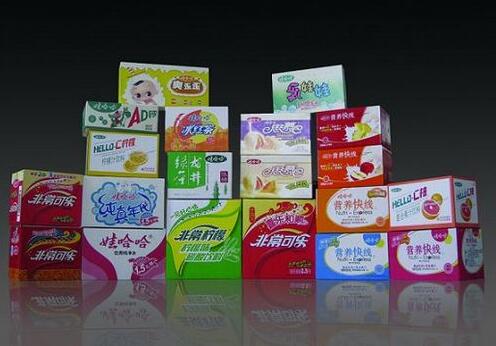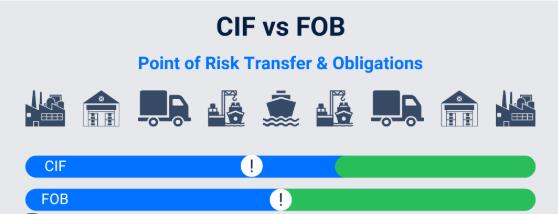Can i use dishwashing soap to wash my car
What is dish soap?
Dish soap is a specialised detergent for cleaning dishes, utensils, cookware and other DIY cleaning solutions. The primary function of dish soap is to break down and remove grease, food residue, and other contaminants from surfaces, ensuring thorough cleanliness and sanitation. Typically used with water, dish soap creates a foamy lather that helps to dislodge and dissolve stubborn residues, leaving dishes sparkling clean and ready for reuse.
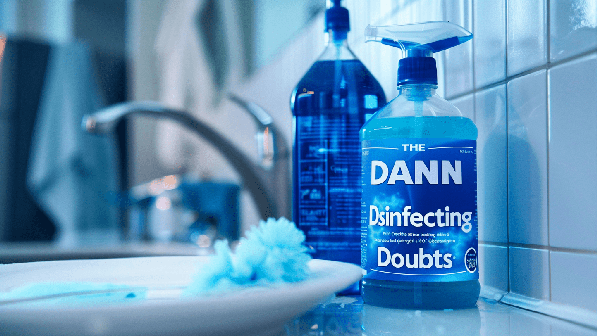
Can i use dishwashing soap to wash my car?
Yes. Nonabrasive dish soaps are safe to use when washing a car. If you don't have a special car soap, you can temporarily use dish soap instead, but we don't recommend long-term use, long-term use of dish soap can cause damage to your car.
Why you shouldn't use dish soap to wash your car
Dish soaps like Dawn, Palmolive and Seventh Generation are designed to strip food and stubborn oils from your kitchen utensils to get them sparkling clean. These household cleaners tackle stains and grime in a matter of seconds and produce lots of foam with just a little bit of water. At first glance, dish soap may seem like the perfect type of soap to wash your vehicle.
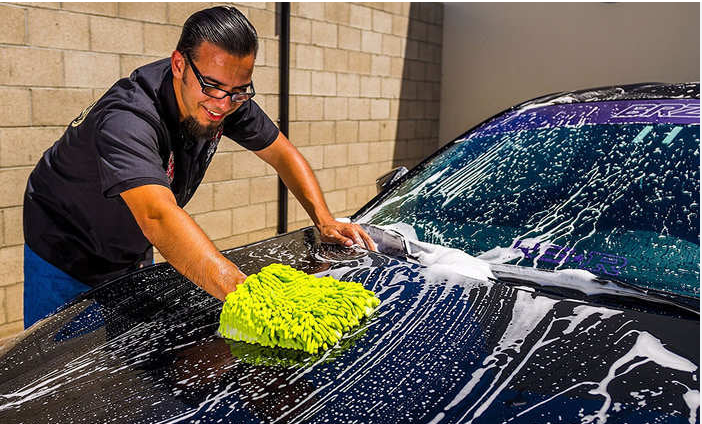
Unfortunately, it works a little too well. The moment you start scrubbing your car with dish soap, it begins eating away at the wax that protects your delicate clear coat. Car wax contains oily, plant-based substances with similar properties to butter or cooking spray. So as you can imagine, dish soap removes wax from your car same way it removes grease from your skillet or frying pan after your morning bacon.
Chances are, you won’t notice this happening right away. Washing your car once or twice with dish soap isn’t enough to completely remove your car wax or paint sealant, especially if you’re using a ceramic or graphene solution. However, if dish soap is your go to cleaner for weekend car washes, your durable wax coat will slowly start to wear away until your car no longer retains its glossy, water beading finish. After that, it’s only a matter of time before the elements start taking their toll on your paint, creating an even more expensive problem to solve.

